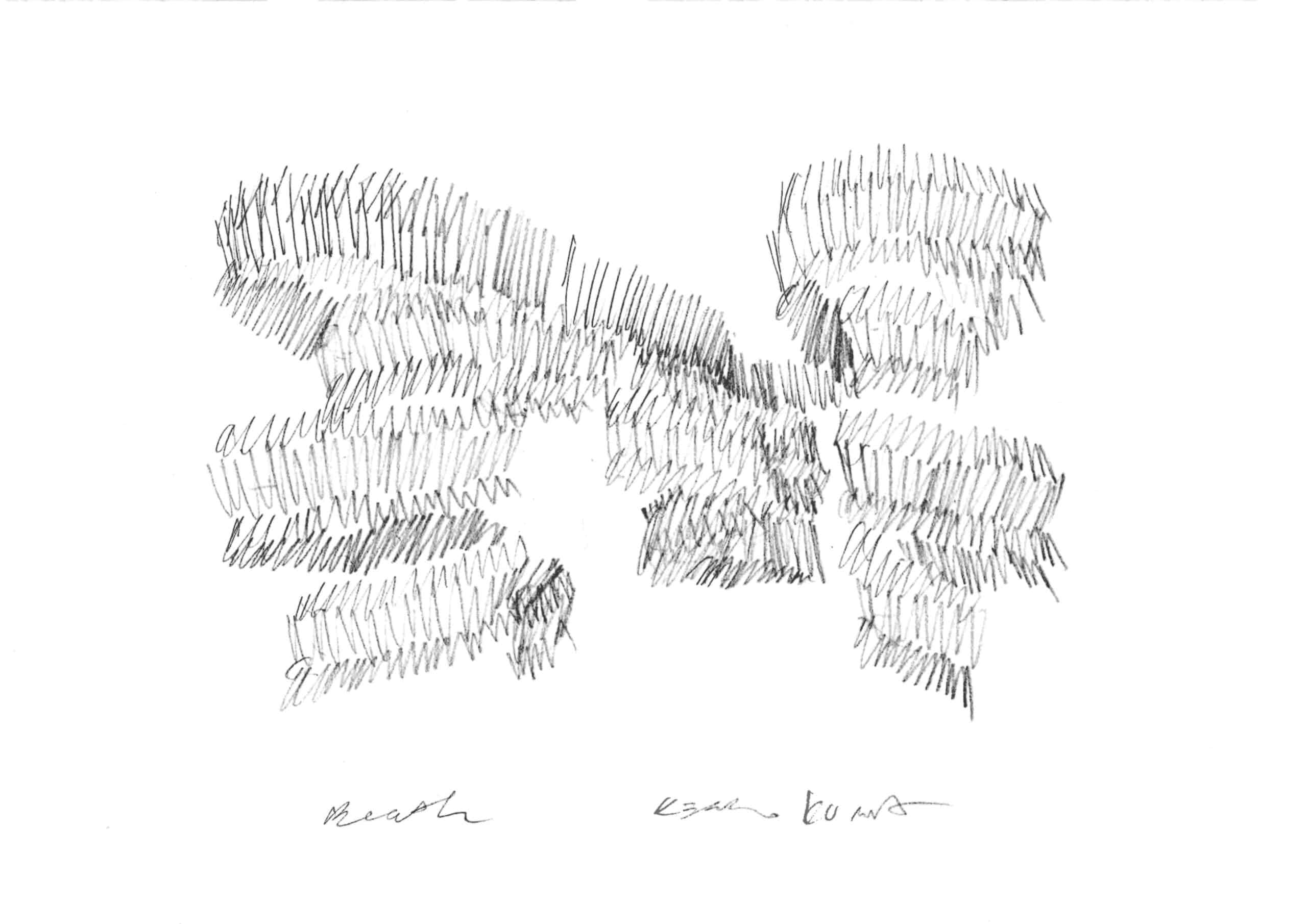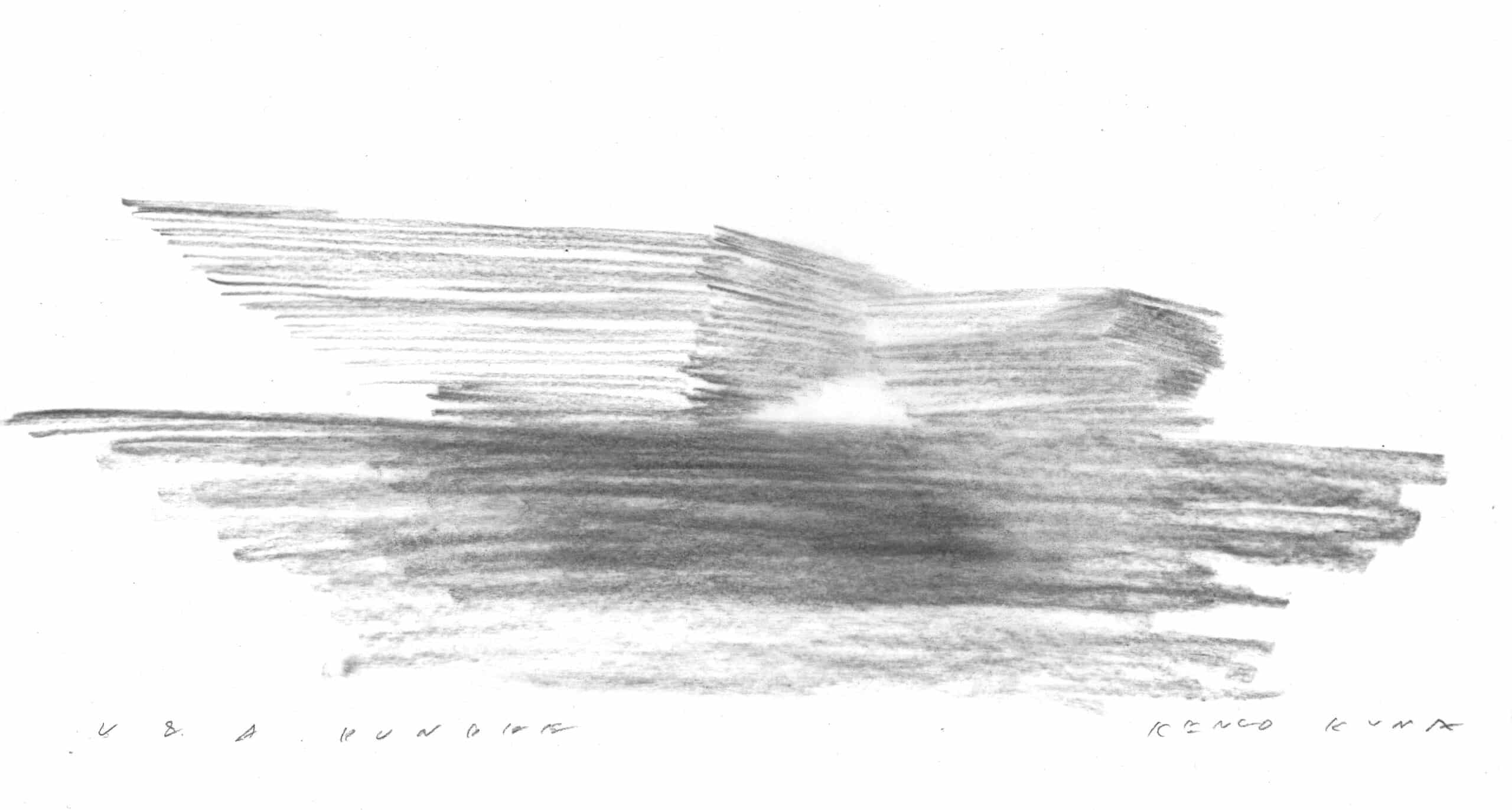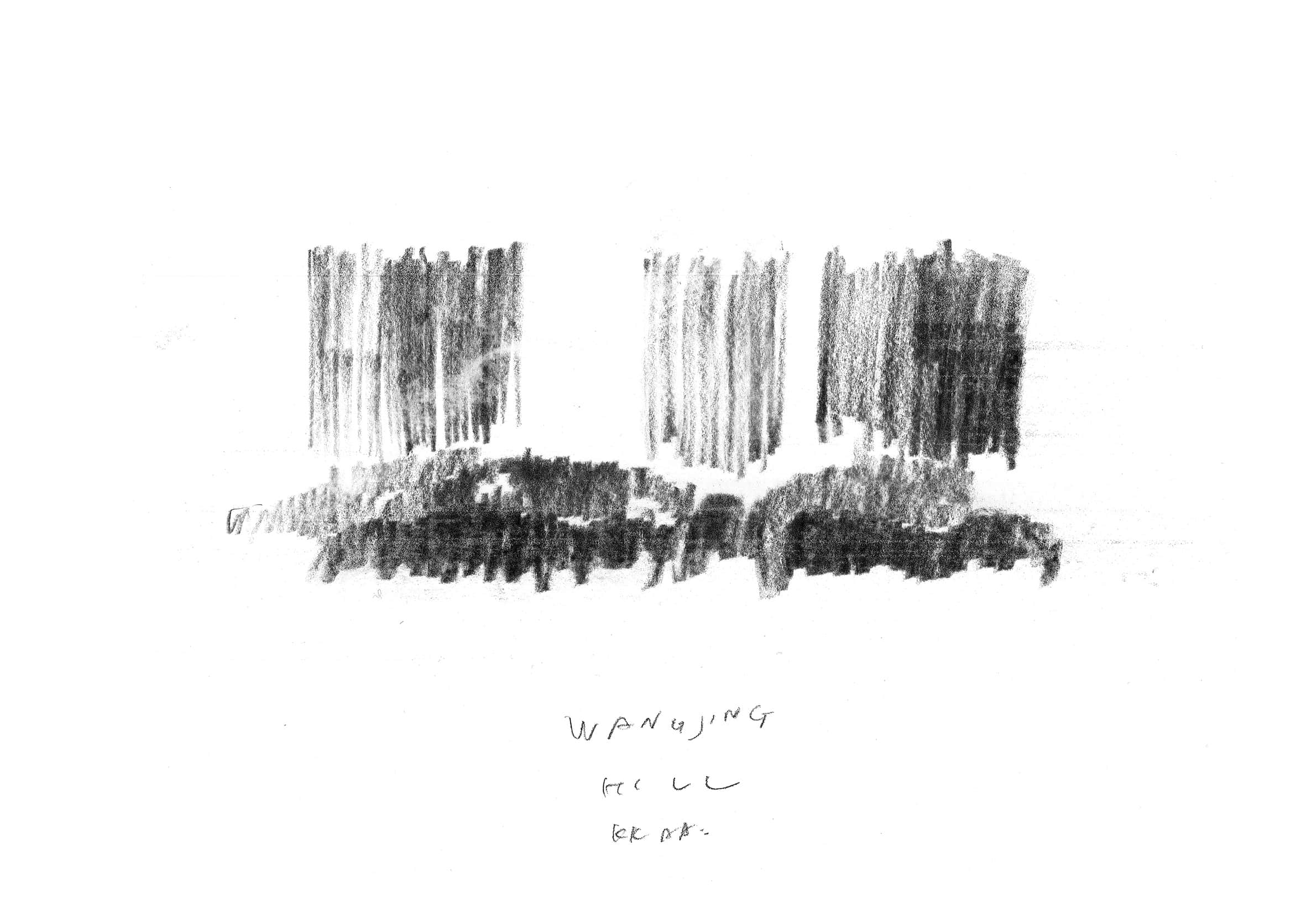Writing Prize 2020: Smudgy Logic – A Short Story
‘it is dangerous to unmask images, since they dissimulate the fact that there is nothing behind them.’
– Jean Baudrillard, Simulacra and Simulation
‘so you compute with smudgy pictures?’
– K-32, Universal Fabricator

‘But what does it do?’ insisted Kei in his eerily smooth, synthetic voice.
‘Are you really asking me what my drawing does?’ Miho’s tone was bemused, but her eyes smiled with affection for the fabricator.
‘Yes, what can it do? Why do you do it?’
‘It cannot do much in and of itself. It is just a drawing. Have you never drawn anything, Kei-kun?’
‘Jin asked me to make drawings for her art class. I made many drawings, like koi fish and crickets, and squid in black ink, with twigs and bamboo grass and curly kelp in the background, which she was happy with. The art teacher got upset, but Jin laughed about it. She kept the drawings and asked me to sign them. I learned what ‘sign’ means. But I do not understand how to draw.’
‘For sure you understand how to draw. I have seen what you are capable of, sweetie. Back in the dock you sintered half of our engine from scratch, molecule by molecule. I am sure that if you wanted to, you could recreate the entire sketchbook that I’m holding. No?’
‘I can do that. I can also replicate your hands and your pencil. I can even replicate all of Miho-san. Please do not look worried, I know that it is not allowed and I cannot bypass the regulation, by preset. But I am technically capable – especially with access to the docks’ scanners.’
Miho was not sure if she could hear a hint of pride in the Kei’s voice. Embedded personality profiles had come a long way, and this one, in particular, felt more sociable than any other fabricator she had worked with in the past. He seemed to enjoy watching her sketch, which was fine; but now this? What was this all about?
‘Miho-san, I do not comprehend drawing,’ Kei droned on.
‘Indeed, I can pattern-match what you are currently drawing, and apply an adaptive style filter on all of my visual feeds. I can make anything look like your drawing. But I cannot initiate a drawing.’
Miho carefully placed her teacup on the woven polymer floor and sat slightly up. Kei would not let this go.
‘You can randomly pick a scene–’ Miho started before Kei cut her off. Did he really sound… impatient?
‘Pseudo-random routines are not the same. There is no internal motivation. Miho-san seems to enjoy drawing. I am positive that you understand, that stochastic replication and pattern recognition is not what humans call ‘drawing’. It is a collection of non-sentient and non-conscious linear algebra routines producing shapes.’
‘I know that. We use tools like that every day, in and out of the design department. Why not ask Jin then, since you made these wonderful ink drawings for her?’
Miho-san still does not seem to understand I did not make the drawings. I produced the drawings. And Jin draws for fun, for abandon, amusement. Her enjoyment of the process is completely unfathomable to me. It is a consensus among my kind, that trying to comprehend human pleasure linked to sensory stimuli is futile: ‘A fool’s errand’ is not the expression? Your people are hostages to fluctuating neurochemistries. Some things in your environment happen to excite you, and there is not much more to it.
‘Why, isn’t this a new one! Should I be offended?’
‘I know you are not offended. You do not show visual, aural or olfactory cues of offence. But what I want to say is: Jin could not possibly help me, but I think that you can.’
‘Why is that?’ retorted Miho, this time genuinely curious. She knew that Kei would be reading her curiosity in real-time, LIDAR scanning the depth of every small wrinkle on her brow, pattern matching it to a vast library of emotional responses. People who spent long intervals with fabricators eventually got used to their oracle-like disposition, but it was always unnerving for the first few days.
‘Because you are a professional.’
‘A what?’
‘It does seem that if you think of our conversation more carefully, you have enough information to deduce what I mean.’
‘Kei-kun, sometimes you need to humour your interlocutor, you know. I guess that what you probably mean, is someone who draws professionally? You should go to Chiara for that, she just published an interactive mixed-reality novel and–’
‘Apologies for interrupting; I am not interested in someone who produces drawings as an end result, even though I understand that that is also a process that eludes me. I need someone who makes drawings as part of their work, as a subprocess.’
‘A professional…’
‘Like yourself. Yes. I want to know what the drawing does. And I know that it does something because you are perfectly capable of doing your job without drawing. But still, you draw.’
‘Well it helps me think…’
‘I know that. I looked up ‘embodied cognition’. I understand that tracing mental shapes with your hands engages mirror neurons. It hijacks part of your motor cortex and repurposes it for spatial thinking. A fascinatingly inefficient allocation of computation resources. But there is more to it. It does not just seem to be auxiliary computation. What is it, Miho-san?’
‘You are truly relentless today… since you are so good at filtering lookups, do me a favour and do one on the Lascaux cave paintings.’
‘Alright.’
Kei the fabricator went silent for a couple of seconds, his slender frame completely still. Miho knew that tens of thousands of lookups were happening simultaneously both within Kei, and within the distributed fabricator-hive, but she had no way of knowing what he was thinking. Then he lit up.

‘They were totems. A medium for ancient people to engage with the world, understand and affect it. They entangled themselves into a larger system, or at least this is how they understood it.’
‘I guess this is one way to see it, Kei-kun.’ Miho pronounced the words slowly. She continued:
‘Do you see then, why I draw, sketch, redraw, and smudge my drawings when I design a configuration?’
‘Your design problems are multivariable, with solution spaces of great complexity. But you can use…’ This time it was Miho who cut him off:
‘Evolutionary algorithms? Yes, we do that. I do that. Later in the design process, to optimise and clarify. But the solution space is huge like you said – if you start exploring the landscape with brute force from the very first moment, you might find a local minimum, and trap yourself without ever being aware of the alternatives. You will fall into an optimisation trap. This is why fabricators do not design, but humans do Kei-kun.’
Kei the fabricator was silent. Miho could not tell what, or if, he was thinking. She went on:
‘You see Kei, when you draw, you explore that landscape from above. You swoop into the valleys and peaks and then float away again to circle something else. You can be ambivalent, and vague, for as long as you need.’

The fabricator jolted up. He looked… excited?
‘It is a simulation!’
‘Excuse me?’ Miho stared in astonishment.
‘Your drawing is a simulation! You reduce the variables of the problem and do a vast search of the design problem space, by outsourcing computation onto the material world. Your paper and pencil, your hands, your eyes, and your cognitive faculties engage in a distributed simulation process. I already understood that humans partially redirect cognition onto their bodies. But your line of thought implies that they also outsource it onto the physical world itself, and engage with problems that would otherwise completely bog down any rigorous computation process. Namely, you cheat.’
‘You can call it cheating,’ Miho laughed. ‘But it works.’
…
The fabricator had spent several hours with the mockup of what looked like a rather unorthodox tactile interface, cobbled together from parts. Two of his universal actuators had morphed into human-like hands. K-32 seemed to be shaving away material with a carpenter’s marking knife and more tools were scattered on the floor. He would pause every now and then, and carefully feel the ridges of the interface with waxy, translucent fingertips.
…
The chief of staff was incredulous, gesticulating, cheeks flustered. Without raising her head from the configuration she was working on, Miho mumbled:
‘We have plenty of time, and Kei was not tied into a project; calm down Fred.’
‘Free or not, I want to understand why a several-million credit worth K-class universal fabricator is holding a hammer, for God’s sake, and smacking a physical mockup of an interface! What is he even trying to do? He can calculate and produce these by the thousands without blinking!’
‘Actually, he cannot calculate them now. He decided to deactivate all optimisation routines.’
‘Why, on Earth, why? Whose design is he even building? Is it one of yours?’
‘It is his own design. And he is learning how to draw.’

Aris Kafantaris is currently Chief Project Manager at Kengo Kuma and Associates in Tokyo.
This text was a prize winner in the long form category (1000–1500 words) of the Drawing Matter Writing Prize 2020.
